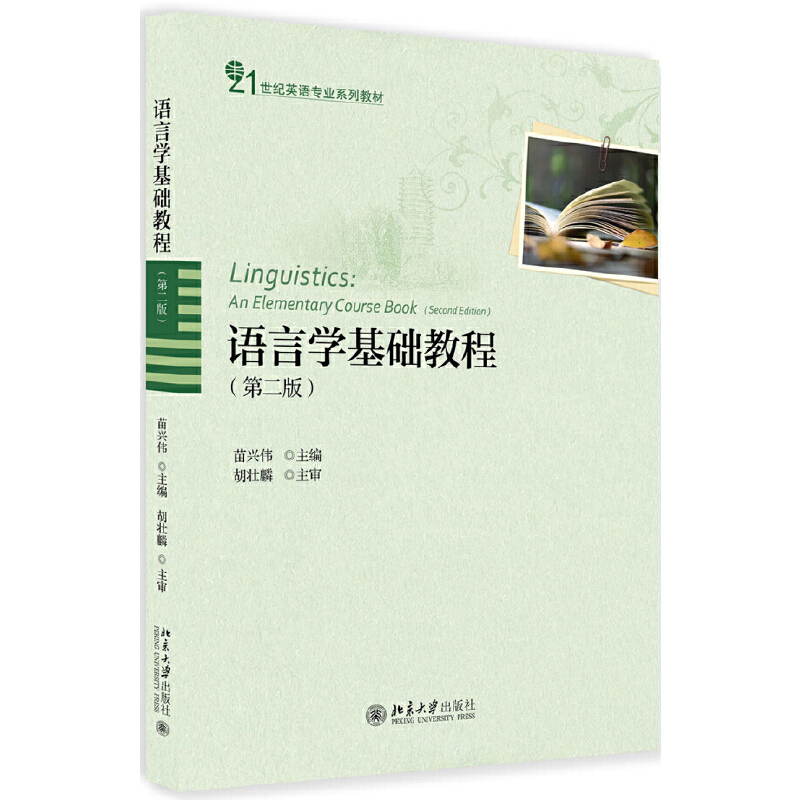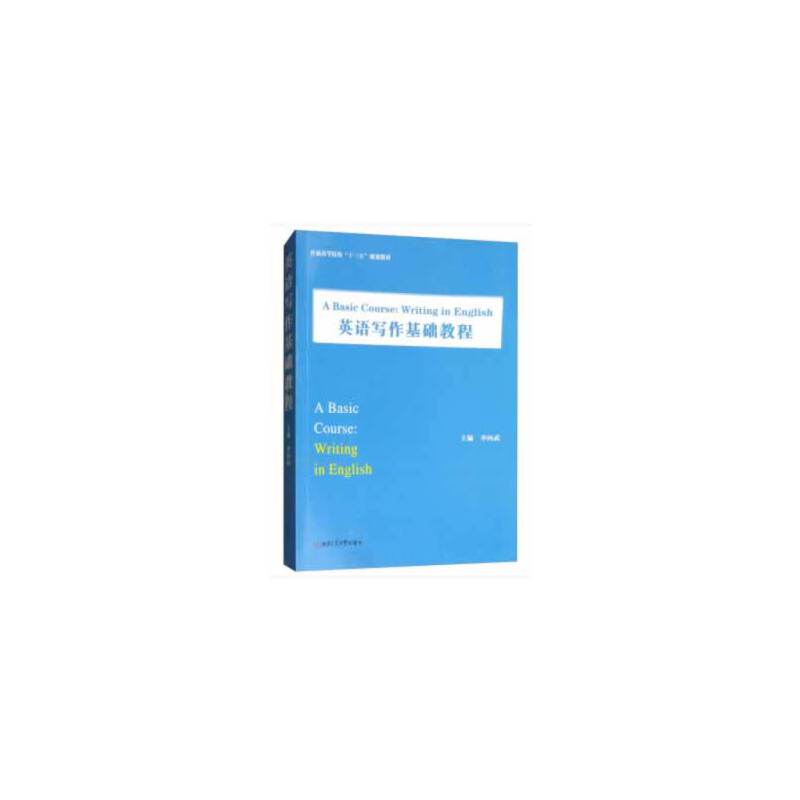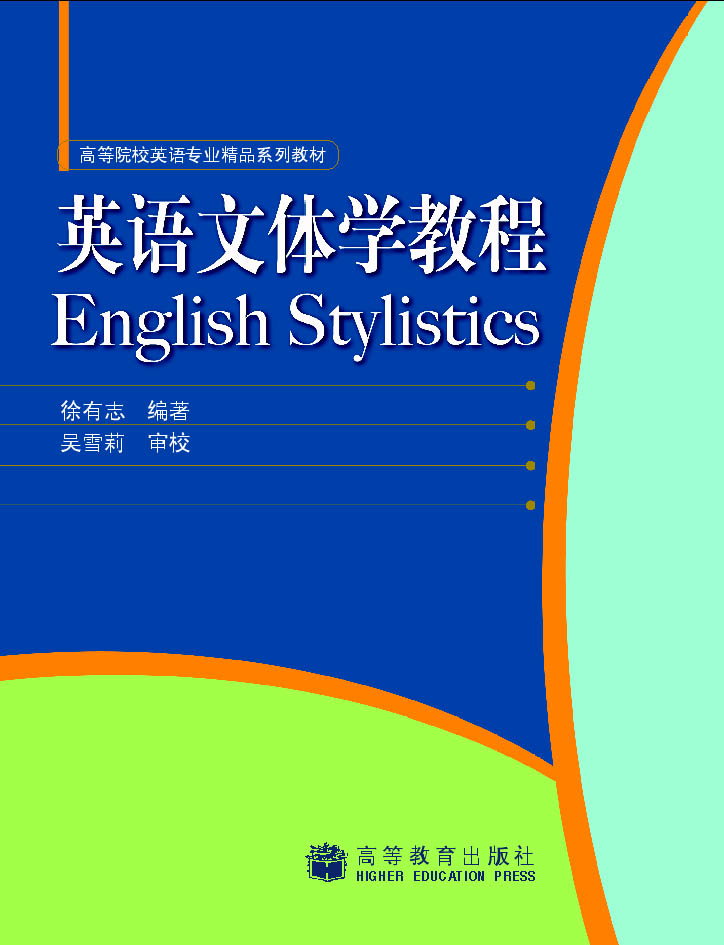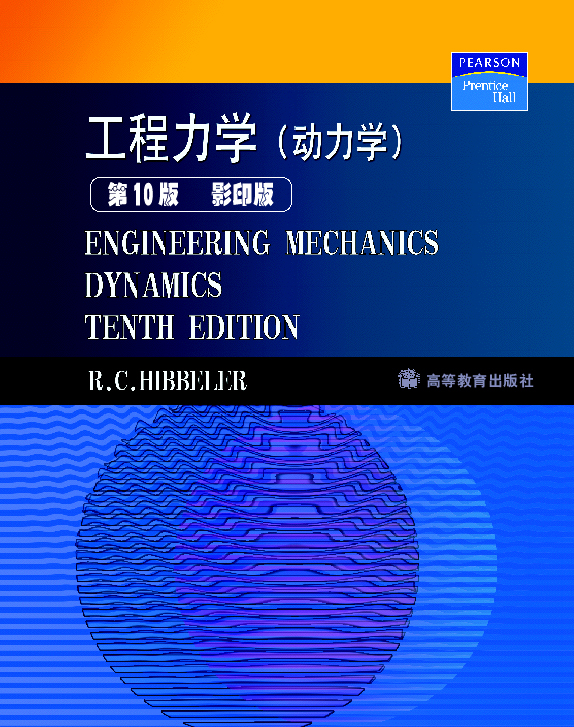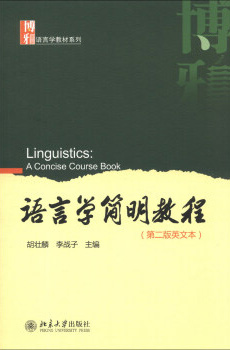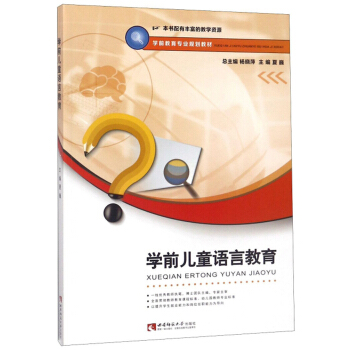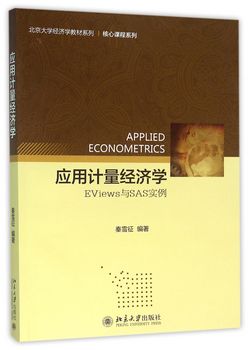语言学基础教程(第二版) / 21世纪英语专业系列教材
定价:¥48.00
作者: 苗兴伟
出版时间:2018-07
出版社:北京大学出版社
- 北京大学出版社
- 9787301296585
- 2版
- 229307
- 43190205-5
- 平装
- 16流
- 2018-07
- 300
- 272
- H319.39
- 文学
作者简介
内容简介
《语言学基础教程(第二版)》包括语言与语言学、语音学与音位学、形态学、句法学、语义学、语用学、语篇分析、历史语言学、文体学、社会语言学、跨文化交际、心理语言学、认知语言学、应用语言学等十四章。该书在传授基本知识与概念的同时,通过丰富的实例提供了有关语言分析和描述的基本方法,并强调语言学与其他学科的联系,以便适应创新型人才培养的需要。在修订过程中,除了修改了语言表达方面的细节问题,重点对第六章、第七章和第十三章的内容做了修订。第六章主要增加了对理论的解释,以帮助学生更好地把握语用学的理论。第七章增加了批评话语分析的内容,以反映语篇分析的发展和前沿。第十三章增加了“语法化和词汇化”一节,目的使学生了解语法化和词汇化及其背后的认知机制。为使学生巩固所学知识并进一步学习有关知识,拓展语言学学习和研究的空间,每章增加了“深入阅读”(further reading)书单。其他方面的修订就不一一介绍了,希望修订版的《语言学基础教程》能以全新的面目出现在大家的面前,更好地满足广大的语言学教师、学习者和爱好者的需要。我们真诚地期待读者的鼓励和反馈,希望《语言学基础教程》在大家的帮助下不断成长。
目录
CONTENTSChapter 1 Language and Linguistics1.1What is Language1.2The Design Features of Language1.3The Origin of Language1.4What is Linguistics1.5The Scope of Linguistics1.6A Brief History of LinguisticsChapter 2Phonetics and Phonology: The Sounds and Sound Patterns of Language2.1Introduction2.2Phonetics2.3Phonology2.4SummaryChapter 3Morphology: The Word Structure of Language3.1Introduction3.2The Words of Language3.3The Structure of Words3.4Morpheme, Morph and Allomorph3.5Classification of Morphemes3.6Word Formation Processes3.7SummaryChapter 4Syntax: The Sentence Structure of Language4.1Introduction4.2Sentence Structure4.3The Traditional Approach4.4The Structural Approach4.5The Transformationalgenerative Approach4.6The Functional Approach4.7SummaryChapter 5Semantics: The Meaning of Language5.1Introduction5.2Approaches to Meaning5.3Sense and Reference 5.4Word Meaning5.5Sentence Meaning5.6Ambiguity5.7Semantic AnalysisChapter 6Pragmatics: The Use of Language in Context6.1Introduction6.2Pragmatics as a New Branch of Linguistics6.3Speech Act Theory6.4Theory of Conversational Implicature6.5Politeness Principle6.6SummaryChapter 7Discourse Analysis: Language Above the Sentence7.1Introduction7.2What is Discourse Analysis7.3Cohesion7.4Coherence7.5The Structure of Discourse7.6Critical Discourse Analysis7.7Conclusion Chapter 8Historical Linguistics: Language through Time8.1Introduction8.2When Language Changes 8.3How Language Changes8.4Why Language Changes8.5SummaryChapter 9Stylistics: Language and Literature9.1Introduction9.2Important Views on Style9.3Stylistic AnalysisChapter 10Sociolinguistics: Language and Society10.1Introduction10.2The Relations Between Language and Society10.3Speech Community and Speech Variety10.4Dialect10.5Register10.6Language Contact and Contact Languages10.7Choosing a CodeChapter 11Intercultural Communication: Language and Culture11.1Introduction11.2Definitions of Culture11.3The Relationship Between Language and Culture11.4Naming the World Through Language11.5Communicative Patterns Across Cultures11.6Language and Thought: SapirWhorf Hypothesis11.7Intercultural Communication11.8SummaryChapter 12Psycholinguistics: Language and Psychology12.1Introduction12.2Language and the Brain: The Biological Foundations of Language12.3Language Comprehension12.4Language Production12.5Language AcquisitionChapter 13Cognitive Linguistics: Language and Cognition13.1Introduction13.2Categories and Categorization13.3Conceptual Metaphors13.4Conceptual Metonymies13.5Image Schemas 13.6Iconicity13.7Grammaticalization and LexicalizationChapter 14Applied Linguistics: Language Teaching and Learning14.1Introduction14.2How is Language Learned?14.3Individual Differences in Language Learning14.4Approaches and Methods in Foreign Language Teaching14.5Language TestingReferencesGlossary

